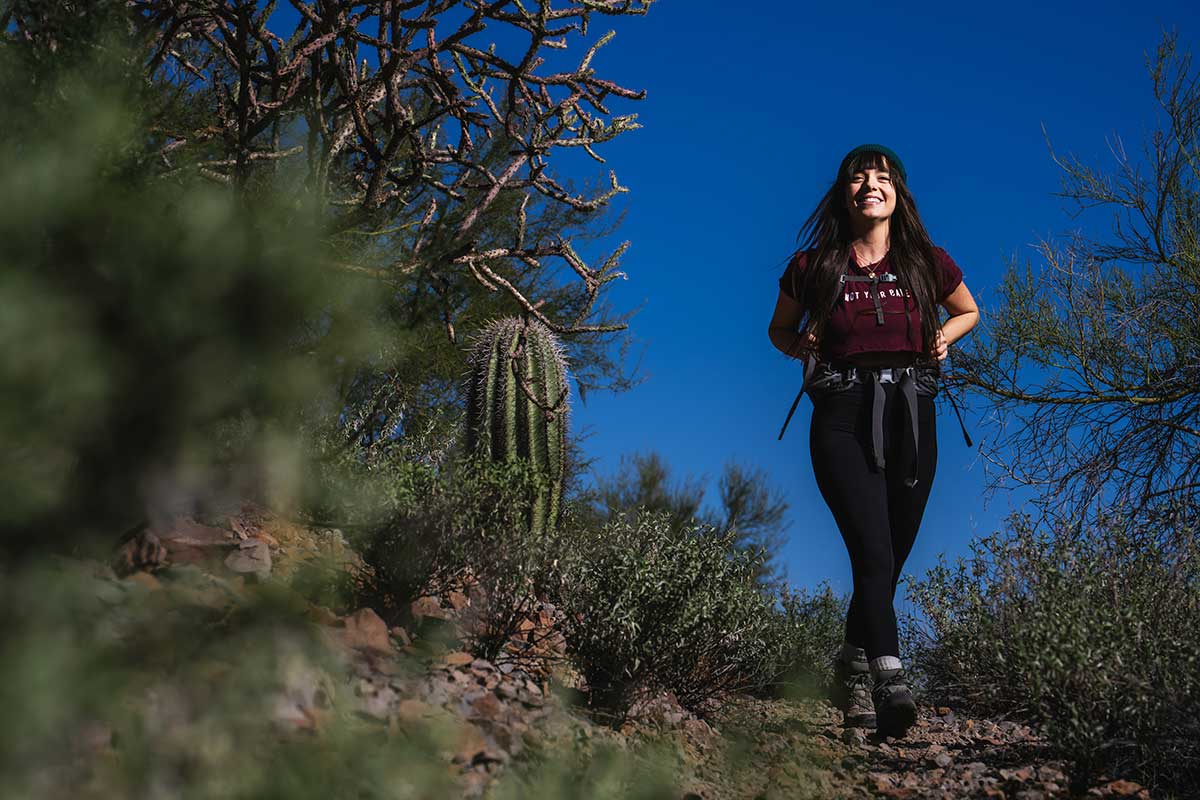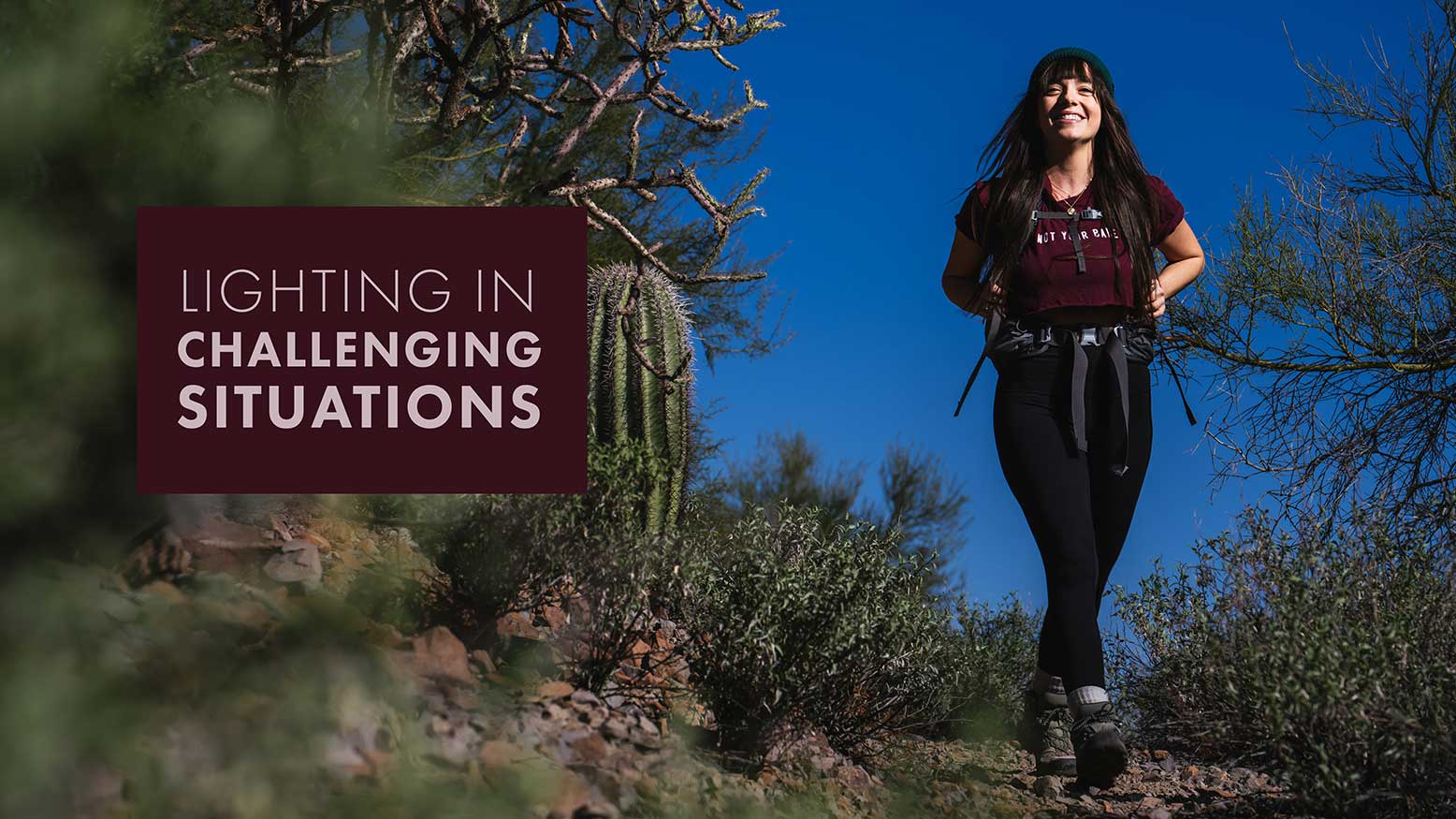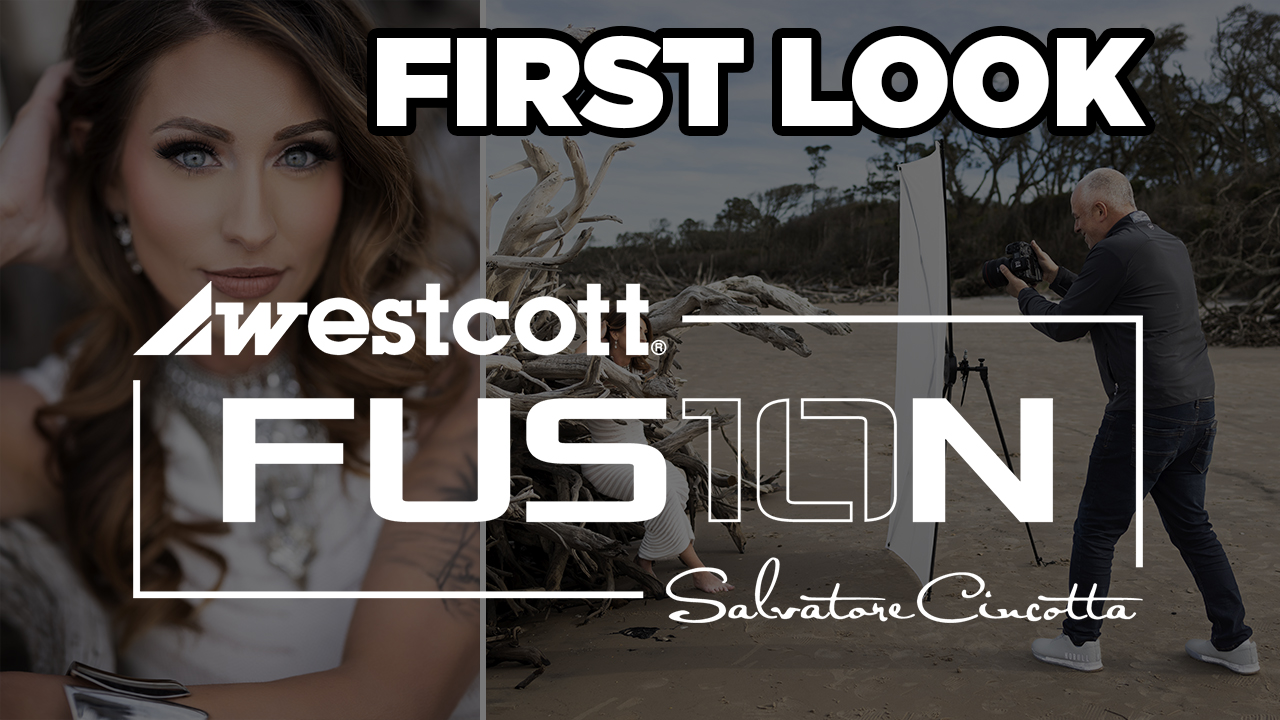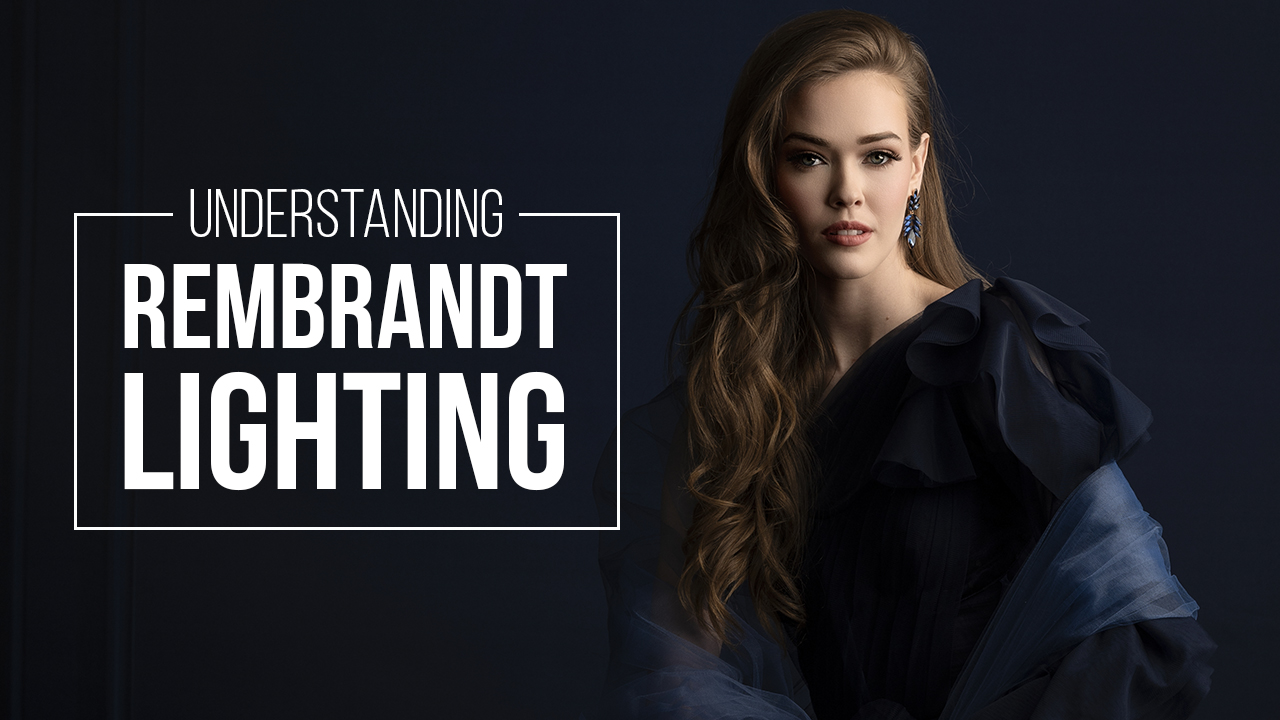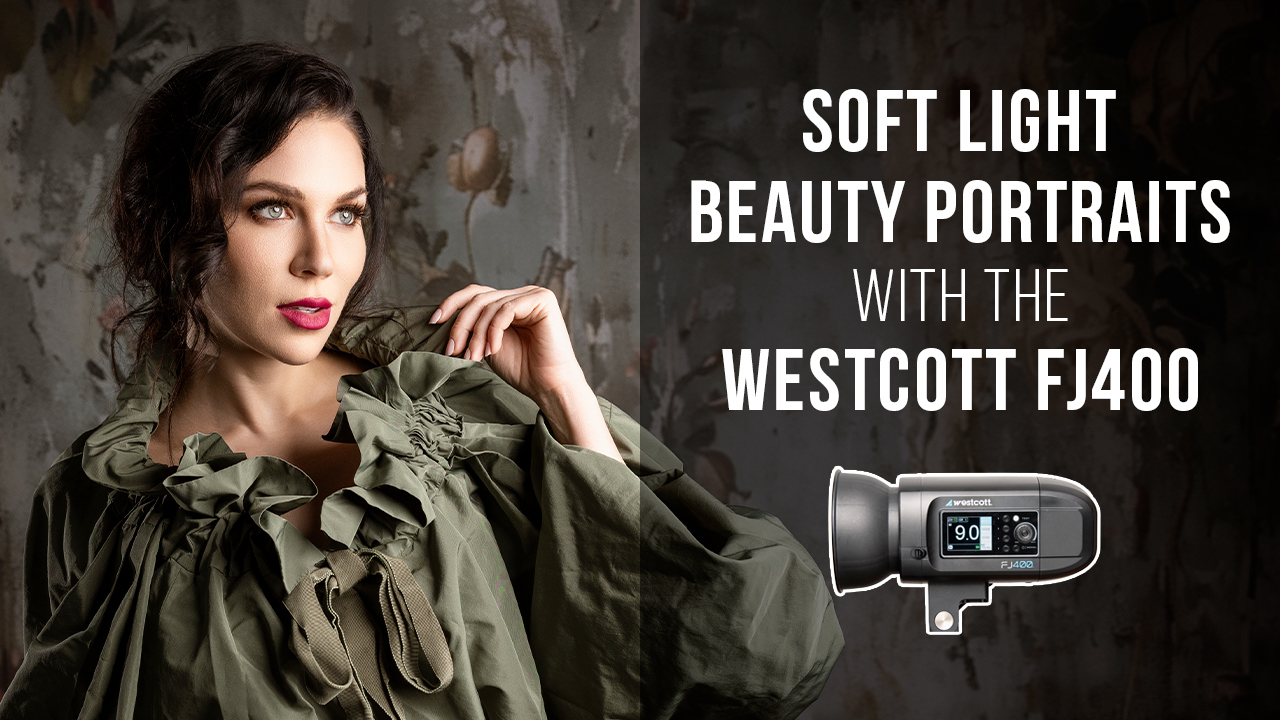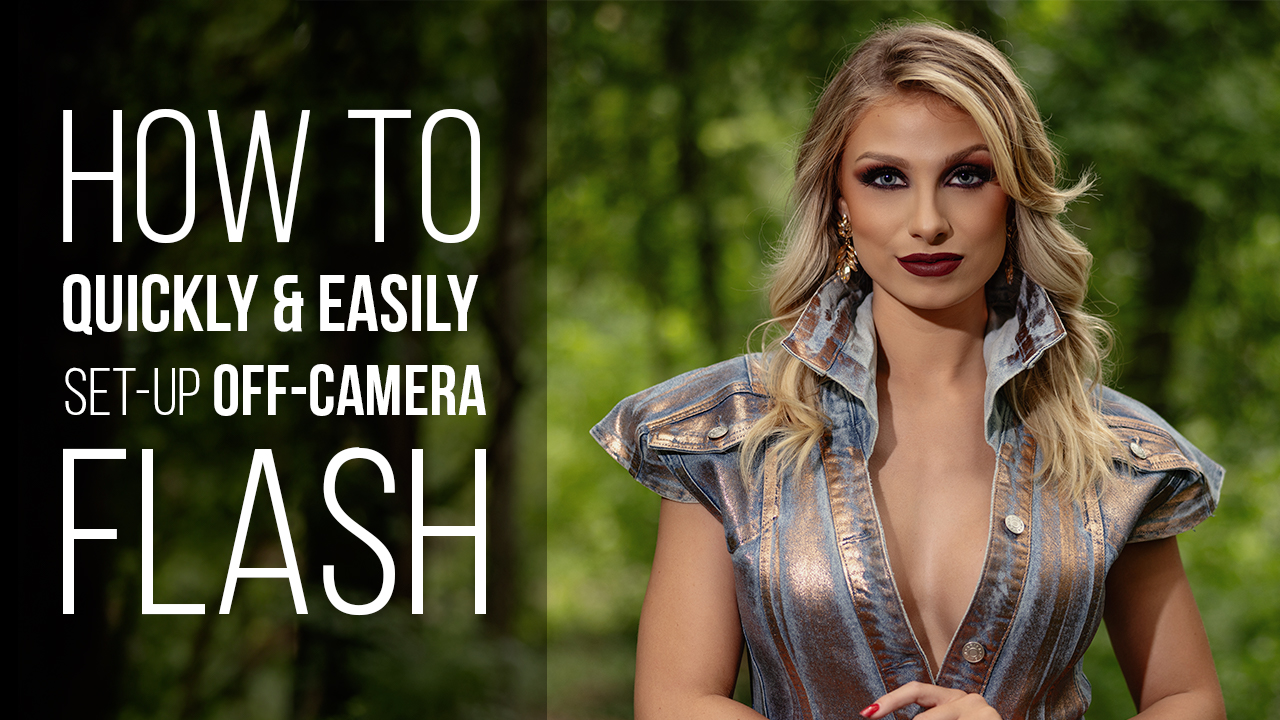Lighting in Challenging Situations with Justin Haugen
Off-camera lighting is easily the most challenging and rewarding experience any photographer can endeavor. One misstep and it punishes you with mediocre results that make you feel like a complete novice all over again. Conversely, it rewards you when all the pieces fall into place and you look at the back of your camera to discover you are in fact a talented, capable photographer. Just when you think you’ve got a game plan, you’re blindsided by a new situation that presents a variable you’re completely unprepared for.
In this article, I’m going to help you navigate some of the trickier lighting scenes we encounter by identifying the challenges they present and giving you a roadmap to light your way out of any situation!
As I think back on all of the lighting situations that have come up over the years, there are two scenarios in particular that tend to trip up emerging photographers everywhere.
Midday Sun
This is every photographer’s worst nightmare. Your client wants to shoot at 12 p.m. despite all of your objections and you’re losing your mind over it. Why are photographers so scared of high noon? Well for one, we probably think we’re just not equipped for it, and this is often true. Bright, uncovered daylight poses a very tricky technical hurdle we have to overcome. We know that right off the bat, our baseline exposure is going to be somewhere in the ballpark of ISO 100. If you can go lower in ISO on your camera, by all means go for it. My Sony A1 has a lowest ISO setting of 50, which I’ll happily use when the situation calls for it.
Next, you’re going to be at shutter speed around 1/200th of a second due to the limitation of max sync speed. What’s max sync speed? It’s the speed at which a camera’s shutter mechanism can drop the curtain to expose the sensor, allowing the momentary blast of light from your flash to reach the sensor. The second curtain drops to cover the sensor, ending the exposure. You’ve seen that dreaded black bar at the bottom of your image. It’s the result of exceeding your camera’s max sync speed, not allowing the sensor to be exposed to the entire flash duration before the second curtain drops. Some are lucky to have 1/250, 1/320, or even 1/400 (Sony A1) at their disposal. Great. You’re going to need it.
Now, you’re going to select an aperture. You know that fancy lens you spent $2,000 on because it shoots at f1.2? It’s useless here unless you have a neutral density filter or a powerful light with high speed sync (HSS). I won’t get into those methods, but you should know by now that if you have an ISO of 100 and a shutter speed of 1/200th of a second on a bright day, you’re going to be in some realm of f8 to f13 that you loathe. Tough kittens, we’re trying to use flash on a bright day.
